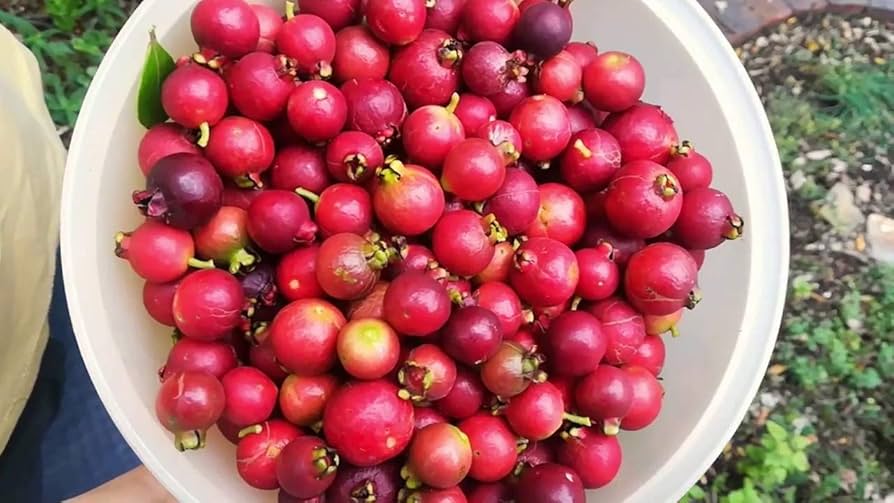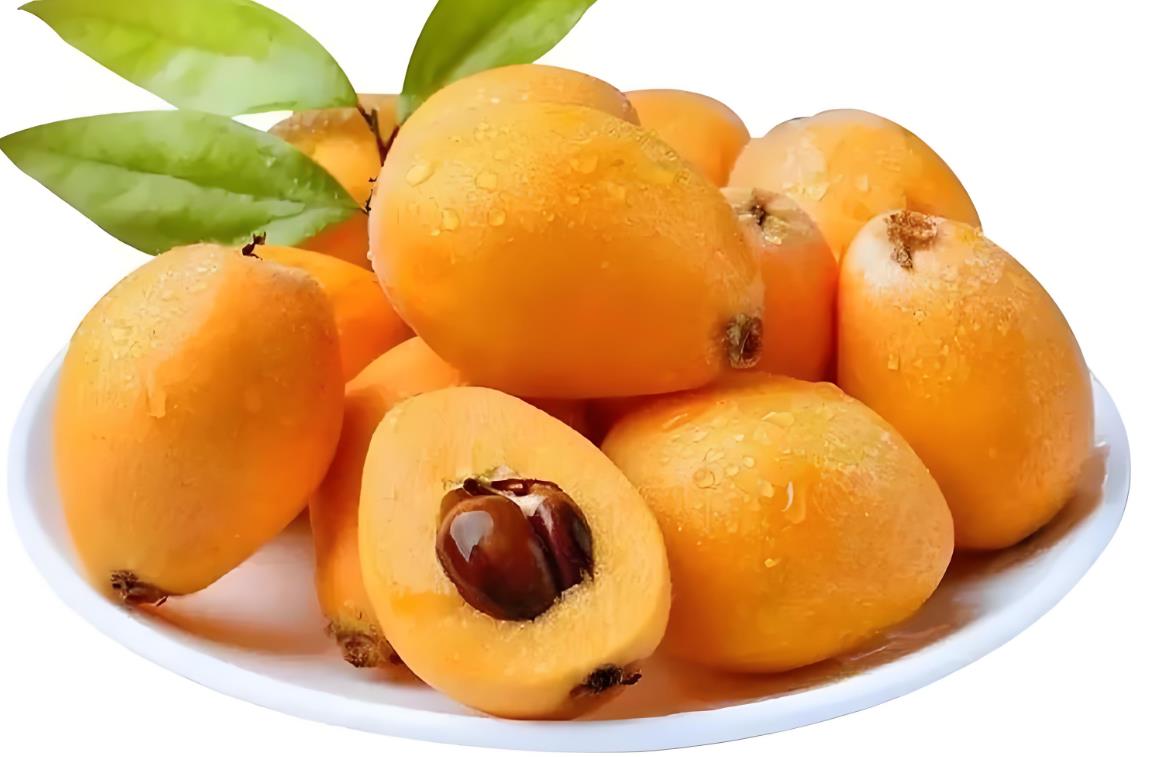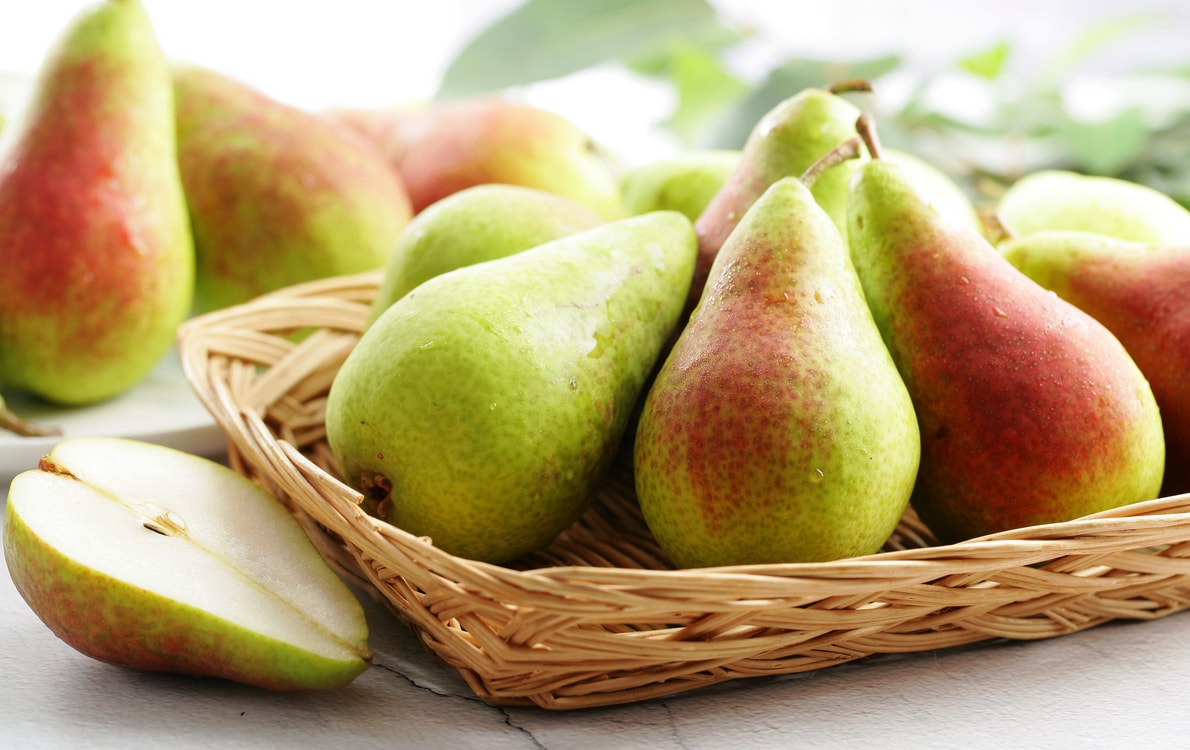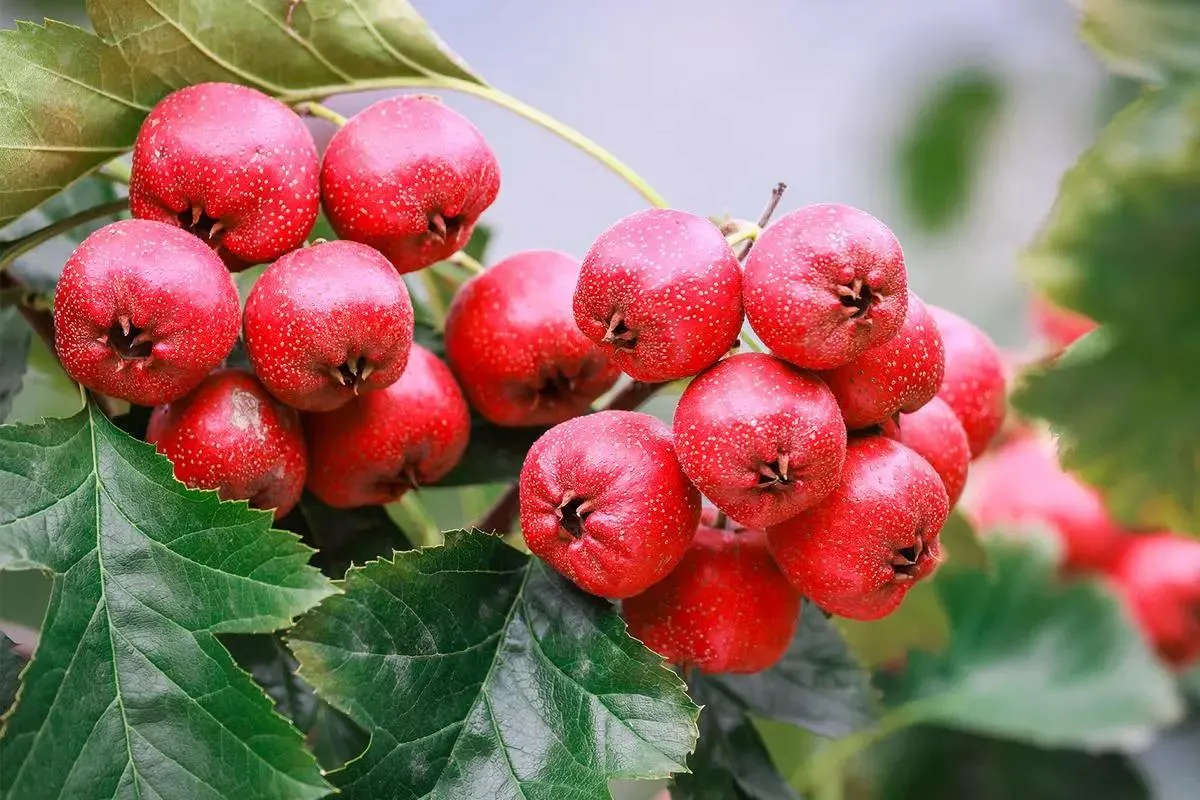Chilean Strawberry Guava (Ugni molinae)
The Chilean Strawberry Guava (scientific name: Ugni molinae), previously known as Eugenia ugni, belongs to the Myrtaceae family under the Ugni genus. This evergreen shrub is renowned for its uniquely fragrant and flavorful berries. It’s also known by other names such as “Chilean Guava” or “New Zealand Cranberry” in different regions.
Fruit Characteristics:
The fruit of the Chilean Strawberry Guava is small, typically spherical or oval-shaped with a diameter of about 1-1.5 centimeters. The skin is smooth and turns dark red or purplish-red when ripe; sometimes it appears almost black. The flesh is soft and juicy with a distinct intense fragrance that’s often compared to wild strawberries or a mix of guava and spices. Inside the fruit are small seeds.
Main Types (Varieties):
While Ugni molinae is the main species, there are several varieties or cultivars that show slight differences in fruit color, size, and flavor:
- ‘Ugni White’: Produces white fruits that have a flavor similar to red fruits but might taste slightly different.
- Some cultivated strains might offer improved fruit size or higher yield.

Nutritional Value and Potential Benefits:
Chilean Strawberry Guava is rich in nutrients. Its berries contain vitamin C along with flavonoids among other antioxidants. Because of its deep red hue, it likely contains high levels of anthocyanins. Traditionally, in places like Chile, both its leaves and fruits are believed to hold medicinal properties. Modern studies suggest it may possess anti-inflammatory and antioxidant benefits.
Distribution and Cultivation:
Native to southern Chile and Argentina, the Chilean Strawberry Guava has been introduced globally due to its unique taste and ornamental appeal—reaching places like New Zealand, Australia, Europe, and North America. It thrives in mild humid climates with well-drained acidic soils typically found in shrublands or at forest edges. Additionally, its leaves are often used for making herbal tea.



